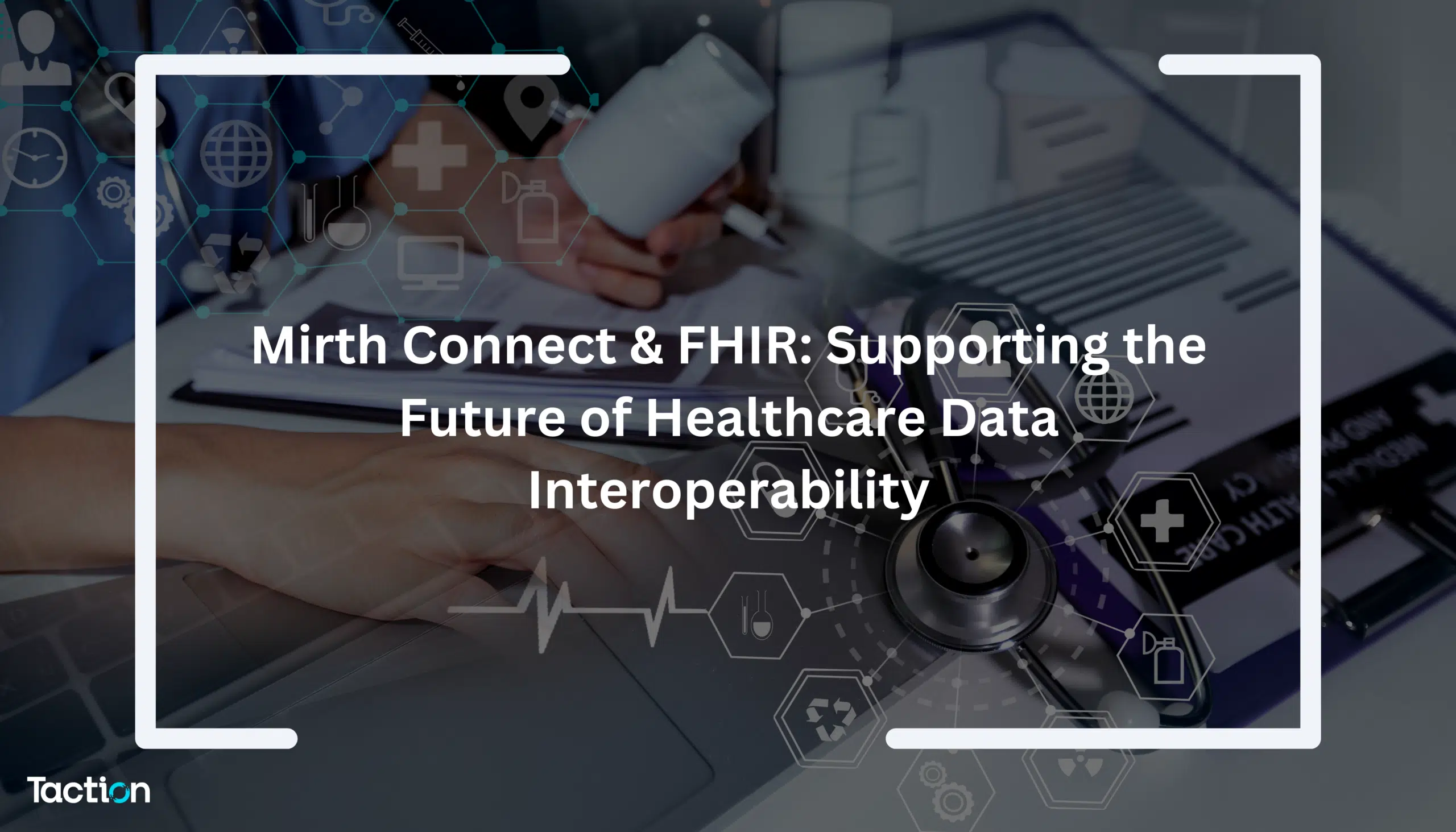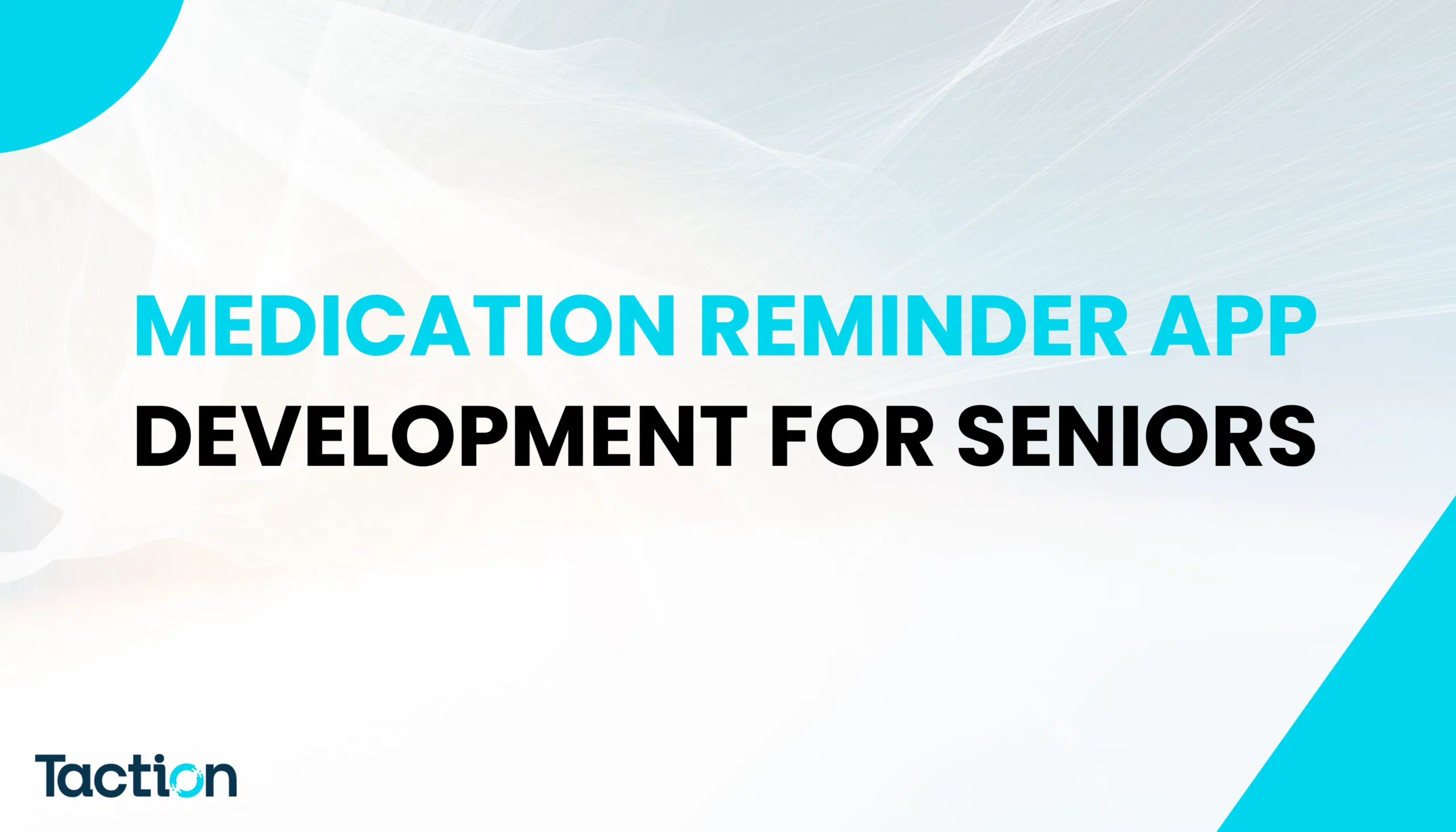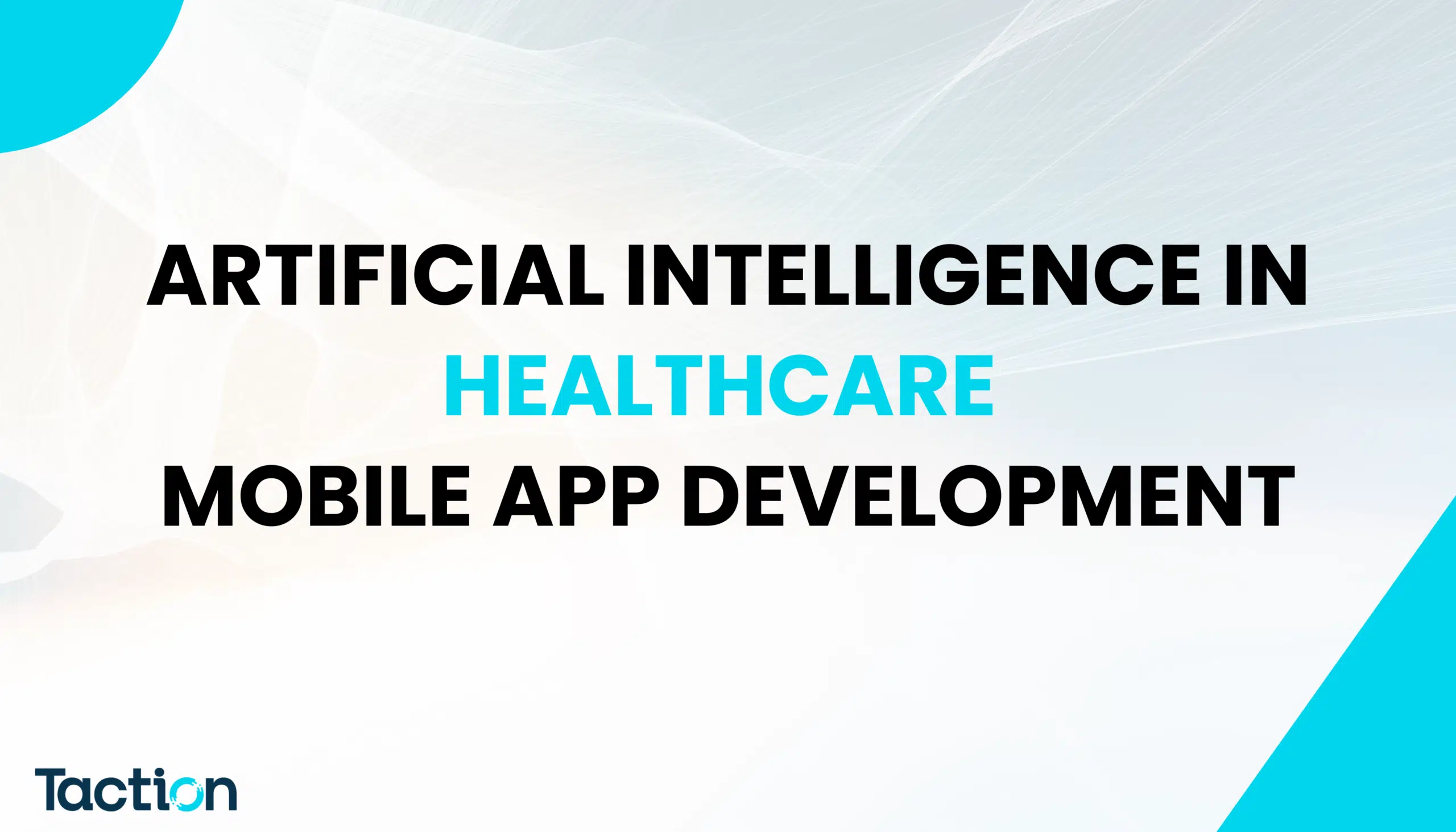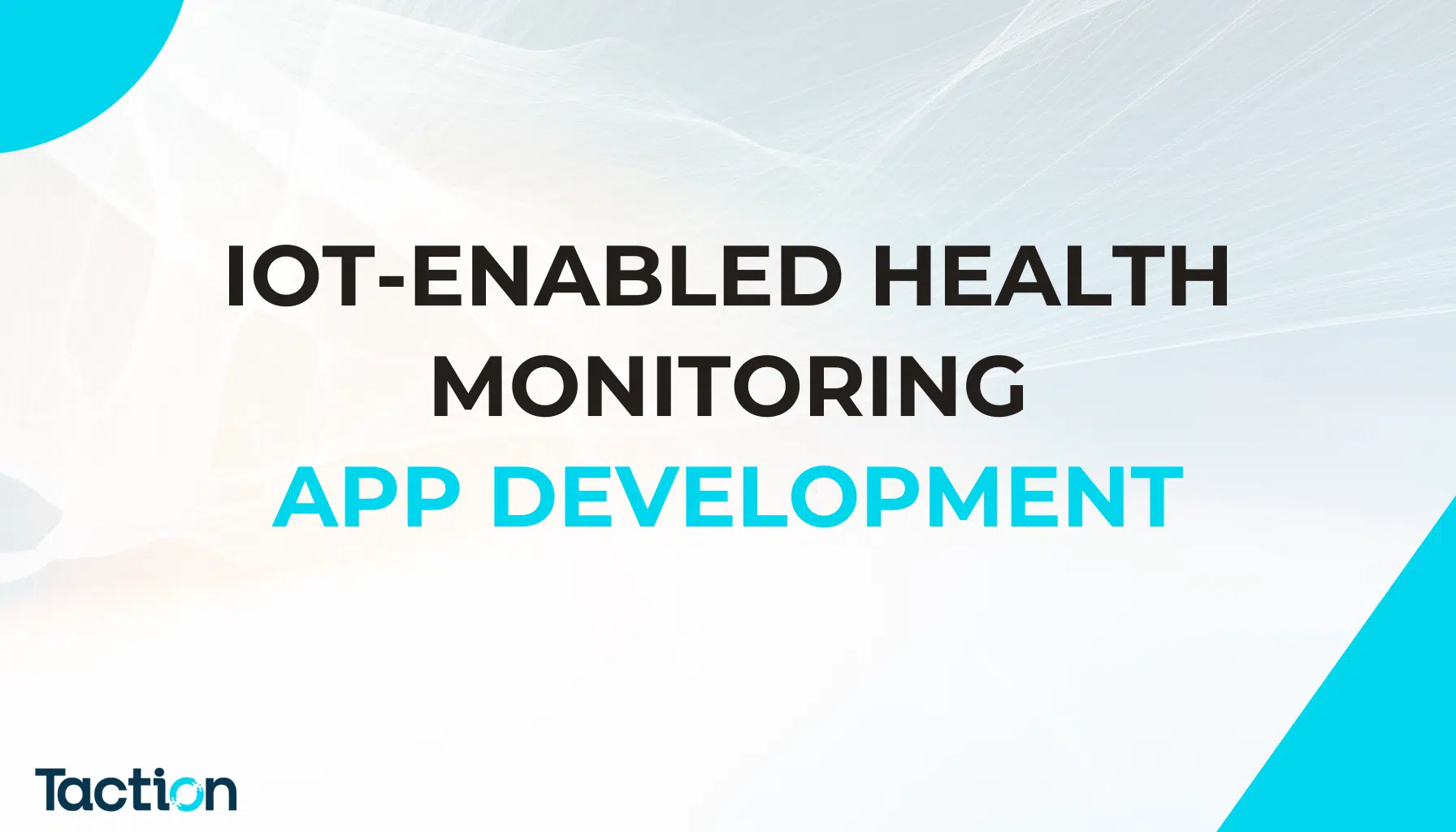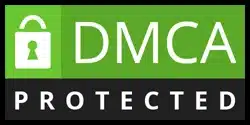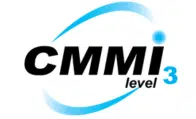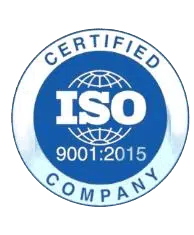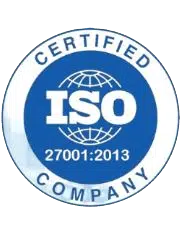Mirth Connect Empowers FHIR Adoption for Seamless Healthcare Integration
In today’s rapidly evolving healthcare landscape, the seamless exchange of standardized health data has become more critical than ever. With the growing need for interoperability between diverse healthcare systems, the industry has turned to frameworks like FHIR (Fast Healthcare Interoperability Resources) to bridge the gap. FHIR is revolutionizing the way healthcare organizations access and share information, offering a modern, flexible, and efficient approach to data exchange. However, achieving true interoperability requires more than just adopting FHIR; it necessitates the use of advanced integration engines capable of supporting these data standards. This is where Mirth Connect steps in.
Mirth Connect, a robust and open-source integration engine, plays a pivotal role in facilitating the smooth transmission of health data across various platforms. Its ability to support multiple data formats and protocols, including FHIR, makes it an indispensable tool for healthcare providers, hospitals, and software developers. By enabling organizations to integrate, transform, and route healthcare data seamlessly, Mirth Connect ensures that critical patient information flows securely and efficiently. Together, FHIR and Mirth Connect empower healthcare organizations to deliver better care, improve patient outcomes, and drive innovation in the digital health era. This article explores how Mirth Connect supports FHIR and enhances the adoption of the latest health data standards.
Understanding FHIR
FHIR (Fast Healthcare Interoperability Resources) is a modern standard for healthcare data exchange developed by HL7 (Health Level Seven). It is designed to simplify the sharing of healthcare information across diverse systems, enabling seamless communication between healthcare providers, payers, and other stakeholders. Unlike older standards such as HL7 v2 or CDA, FHIR is built using web technologies like RESTful APIs, JSON, and XML, making it compatible with today’s software development practices. Its modular approach allows healthcare data to be represented as “resources,” such as patients, medications, or diagnostic reports, which can be easily shared and interpreted across different systems.
The importance of FHIR lies in its ability to drive interoperability in healthcare. By standardizing the way data is structured and exchanged, FHIR eliminates communication silos, improving care coordination and enhancing decision-making. Healthcare providers can access accurate and up-to-date patient information in real-time, leading to more informed and timely care.
The benefits of using FHIR are far-reaching. It provides a flexible framework that supports various healthcare workflows and use cases. FHIR accelerates development by reducing the complexity of building interoperable healthcare applications. Its focus on patient engagement allows for the creation of user-friendly apps that improve access to personal health records. Additionally, FHIR enables advanced analytics and supports emerging technologies like AI and machine learning, unlocking new opportunities for predictive insights and personalized care. Together, these advantages position FHIR as a cornerstone for the future of digital healthcare.
Overview of Mirth Connect
Mirth Connect is an open-source integration engine specifically designed to streamline the exchange of health-related data between disparate healthcare systems and applications. Developed with the goal of improving data interoperability, Mirth Connect enables seamless communication across different healthcare platforms, such as electronic health records (EHRs), laboratory systems, and patient management systems. Its robust capabilities make it a vital tool for healthcare organizations seeking to improve their data exchange processes while ensuring compliance with industry standards like HL7 and FHIR.
One of the key strengths of Mirth Connect lies in its comprehensive feature set. It offers advanced data transformation capabilities, allowing healthcare data to be converted from one format to another, such as transforming HL7 messages into FHIR resources. This ensures compatibility between systems that may use different data standards.
The engine also provides powerful message routing functionalities, enabling healthcare organizations to direct messages efficiently to the appropriate destinations based on predefined rules. Furthermore, Mirth Connect supports a wide array of data standards, including HL7, DICOM, and CCD, ensuring interoperability across diverse healthcare systems.
In addition, Mirth Connect offers connectivity with multiple communication protocols like HTTP, HTTPS, FTP, and TCP/IP, facilitating secure data exchange. Its user-friendly interface and rich set of connectors make integration projects faster and more efficient, empowering healthcare providers to focus on delivering better patient care. Mirth Connect’s flexibility and reliability make it a cornerstone of modern healthcare interoperability.
How Mirth Connect Supports FHIR
Mirth Connect is a versatile integration engine that seamlessly supports the FHIR (Fast Healthcare Interoperability Resources) standard, enabling healthcare organizations to modernize their data exchange processes. Through its robust FHIR capabilities, Mirth Connect simplifies the adoption of FHIR by providing built-in tools that enhance the creation, transformation, and management of FHIR resources.
FHIR Connector
Mirth Connect’s built-in FHIR Connector offers a comprehensive solution for handling FHIR resources. This connector allows healthcare providers to create, send, transform, and map FHIR resources effortlessly. Whether converting data from legacy formats like HL7 v2 to FHIR or mapping FHIR resources to specific healthcare workflows, the FHIR Connector ensures that data flows seamlessly between systems. Its intuitive interface simplifies complex data transformation tasks, reducing the time and effort required for integration. With this functionality, healthcare organizations can quickly align their data exchange processes with FHIR standards, ensuring compatibility across platforms.
FHIR RESTful APIs
Mirth Connect also supports FHIR RESTful APIs, which are critical for enabling secure and efficient data access using modern web technologies. These APIs allow healthcare applications to interact with data repositories in real-time, supporting operations such as retrieving patient records, updating clinical data, or querying diagnostic reports. By leveraging RESTful APIs, Mirth Connect facilitates seamless integration with web-based applications, mobile health apps, and cloud-based healthcare systems, making data more accessible and actionable.
FHIR Subscriptions
Another standout feature of Mirth Connect is its support for FHIR Subscriptions, which enable real-time notifications of changes to healthcare data. For example, a system can subscribe to patient data updates and receive immediate alerts when new lab results are available. This functionality enhances care coordination by ensuring that healthcare providers and systems are promptly informed of critical updates, leading to more efficient and timely decision-making.
Together, these features make Mirth Connect an indispensable tool for organizations looking to adopt FHIR and advance their interoperability initiatives.
Best Practices for Implementing FHIR with Mirth Connect
Implementing FHIR with Mirth Connect requires a strategic approach to ensure smooth integration and maximum efficiency. Following these best practices can help healthcare organizations successfully adopt FHIR and achieve seamless data exchange.
Stay Updated
FHIR is an evolving standard, with periodic updates that introduce new features and improvements. Staying informed about the latest FHIR releases is crucial for maintaining compatibility and leveraging new functionalities. Regularly reviewing updates from HL7 and incorporating them into your workflows ensures your implementation remains current and effective.
Implementation Planning
Careful planning is key to a successful FHIR implementation. Start by identifying the specific systems and resources required for integration, including the infrastructure and tools necessary for smooth data exchange. Outline clear objectives, timelines, and milestones to guide the implementation process and address potential challenges proactively.
Use of FHIR Profiles
FHIR profiles are customizable subsets of FHIR resources designed to meet specific use cases. Utilizing these profiles allows organizations to tailor FHIR implementation to their unique requirements, ensuring that the exchanged data is relevant and aligned with their workflows. This customization enhances efficiency and interoperability.
Testing
Thorough testing in development or testing environments is essential before deploying FHIR integrations. Validate data mapping, message routing, and system compatibility to identify and resolve potential issues early. Rigorous testing ensures a smooth transition to production and minimizes disruptions.
Consider FHIR Servers
Using FHIR servers for centralized data management simplifies data access and ensures consistency across systems. FHIR servers enable secure storage, retrieval, and sharing of standardized data, providing a reliable backbone for your integration.
Leverage Built-in Capabilities
Mirth Connect offers robust built-in FHIR capabilities, such as data transformation, mapping, and RESTful API support. Taking full advantage of these tools streamlines implementation, reduces development time, and enhances data flow efficiency.
Staff Training
Effective implementation also requires knowledgeable staff. Training your team on FHIR standards and Mirth Connect’s functionalities ensures that everyone involved understands the processes and can troubleshoot issues effectively. Skilled staff contribute to a successful and sustainable FHIR implementation.
Conclusion
The synergy between Mirth Connect and FHIR is revolutionizing healthcare data interoperability, enabling organizations to overcome traditional communication barriers. FHIR, with its modern, standardized approach to data exchange, simplifies the sharing of vital health information across diverse systems. Mirth Connect complements this by providing a robust integration engine capable of transforming, routing, and securely transmitting healthcare data in compliance with FHIR standards.
Through features like the FHIR Connector, RESTful APIs, and real-time Subscriptions, Mirth Connect facilitates seamless integration and efficient data flow, empowering healthcare providers to deliver better care. Best practices, such as staying updated with FHIR releases, leveraging FHIR profiles, and thorough testing, ensure successful implementation and long-term reliability.
By adopting FHIR with Mirth Connect, healthcare organizations can streamline their data exchange processes, improve patient outcomes, and embrace innovative technologies. Together, these tools pave the way for a more connected and efficient healthcare ecosystem, underscoring the importance of interoperability in driving digital transformation in healthcare.
"Ready to revolutionize your healthcare data exchange? Mirth Connect, with its powerful FHIR capabilities, is the perfect solution to enhance interoperability and streamline your workflows. Whether you’re looking to transform data, integrate disparate systems, or adopt the latest FHIR standards, Mirth Connect offers the tools and flexibility you need to succeed. Don’t let outdated systems hold you back—take the first step toward seamless healthcare integration today. Explore how Mirth Connect can simplify your data exchange processes, improve patient outcomes, and support your organization’s digital transformation. Contact our team at Taction Software to learn more about implementing Mirth Connect and FHIR for your healthcare systems. Let us help you unlock the full potential of healthcare interoperability!,,
Taction Software Tweet

